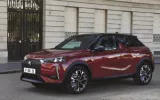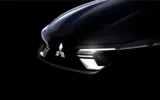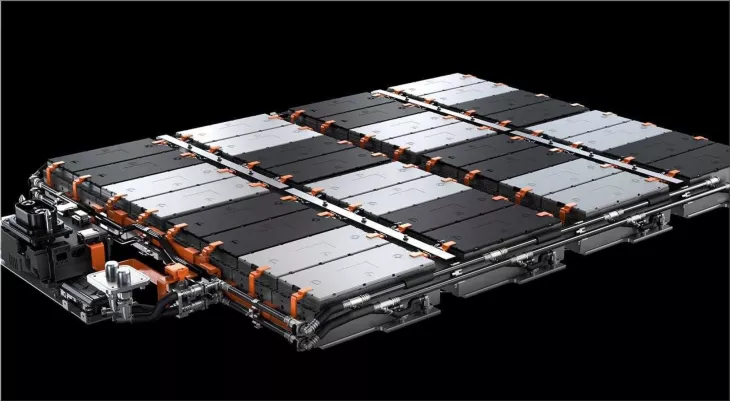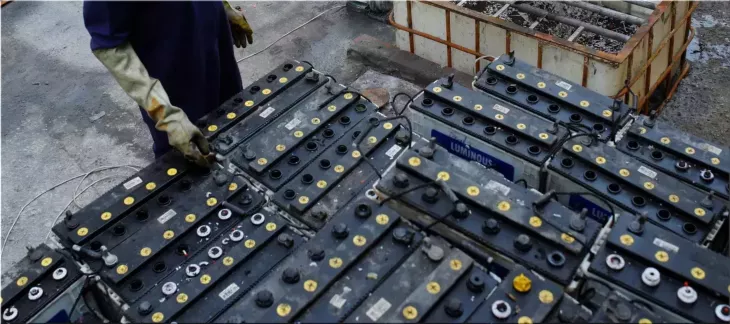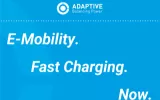If you own an electric vehicle (EV), you may wonder what will happen to your battery when it reaches the end of its life. Will you have to pay a hefty fee to dispose of it? Will it end up in a landfill, polluting the environment? Or will it have any value left?
Your old EV battery can actually turn into gold, thanks to new US incentives and emerging markets for battery recycling and second-life applications. Here's how you can make the most of your battery's afterlife and help the planet simultaneously.
Battery Recycling: A Growing Industry
One option for your old EV battery is to recycle it. Recycling involves breaking down the battery into its components and extracting valuable metals, such as lithium, cobalt, nickel, and manganese. These metals can then be reused to make new batteries or other products.
Recycling EV batteries has several benefits. It reduces the demand for mining new metals, which can have negative environmental and social impacts. It also reduces the risk of battery fires or leaks, which can pose safety hazards. And it creates new jobs and revenue streams for the recycling industry.
The US government is keen to support battery recycling, as it sees it as a way to boost its domestic supply of critical minerals and reduce its dependence on foreign sources. In July 2023, the US Department of Energy announced a $200 million initiative to fund research and development projects on battery recycling technologies and infrastructure. The initiative aims to increase the recycling rate of lithium-ion batteries from less than 5% today to 90% by 2030.
If you want to recycle your old EV battery, you may be able to get some money for it. Some automakers, such as Nissan and Tesla, offer buyback programs that pay you a certain amount per kilowatt-hour (kWh) of your battery's capacity. For example, Nissan pays $100 per kWh for its Leaf batteries, which means you could get up to $2,400 for a 24 kWh battery. Tesla pays $200 per kWh for its Model S and Model X batteries, which means you could get up to $20,000 for a 100 kWh battery.
Other companies, such as Redwood Materials and Li-Cycle, also offer cash incentives for EV batteries. Redwood Materials, founded by former Tesla CTO JB Straubel, pays $150 per kWh for any lithium-ion battery, regardless of the brand or type. Li-Cycle, a Canadian company that operates in the US as well, pays $50 per kWh for EV batteries and $25 per kWh for other lithium-ion batteries.
To find out how much your old EV battery is worth, you can use online calculators or contact the companies directly. You may also have to arrange for the transportation and delivery of your battery, which could incur some costs.
Second-Life Applications: A New Frontier
Another option for your old EV battery is to give it a second life. Second-life applications involve reusing the battery for a different purpose than powering a vehicle. For example, old EV batteries can be used to store energy from renewable sources, such as solar panels or wind turbines. They can also be used to provide backup power for homes, businesses, or communities during blackouts or emergencies.
Second-life applications have several benefits as well. They extend the lifespan of the battery and delay its disposal. They also provide cheaper and cleaner alternatives to conventional energy storage systems, such as diesel generators or lead-acid batteries. And they create new opportunities for innovation and entrepreneurship in the energy sector.
The US government is also interested in promoting second-life applications of EV batteries, as it sees them as a way to enhance its energy security and resilience. In June 2023, the US Department of Energy launched a $100 million program to fund pilot projects on second-life battery deployment and integration across the country. The program aims to demonstrate the technical and economic feasibility of using old EV batteries for various grid services and distributed energy resources.
If you want to give your old EV battery a second life, you may be able to sell it or donate it to a company or organization that specializes in this field. Some examples are:
- Relectrify: A US-Australian company that refurbishes old EV batteries and installs them in homes or businesses as plug-and-play energy storage units.
- Connected Energy: A UK-based company that connects old EV batteries into large-scale energy storage systems that can provide grid services or support renewable energy generation.
- GivePower: A US-based nonprofit organization that uses old EV batteries to power microgrids in remote or underserved areas around the world.
To find out how much your old EV battery is worth for second-life applications, you can use online calculators or contact companies or organizations directly. You may also have to arrange for the transportation and delivery of your battery, which could incur some costs.
A Win-Win Situation
As you can see, your old EV battery can have a lot of value and potential, even after it stops powering your vehicle. By recycling it or giving it a second life, you can not only make some money but also help the environment and society. It's a win-win situation for you and the planet.
So, next time you think about replacing your EV battery, don't just throw it away. Consider your options and choose the one that suits you best. You may be surprised by how much gold you can get from your old EV battery.


